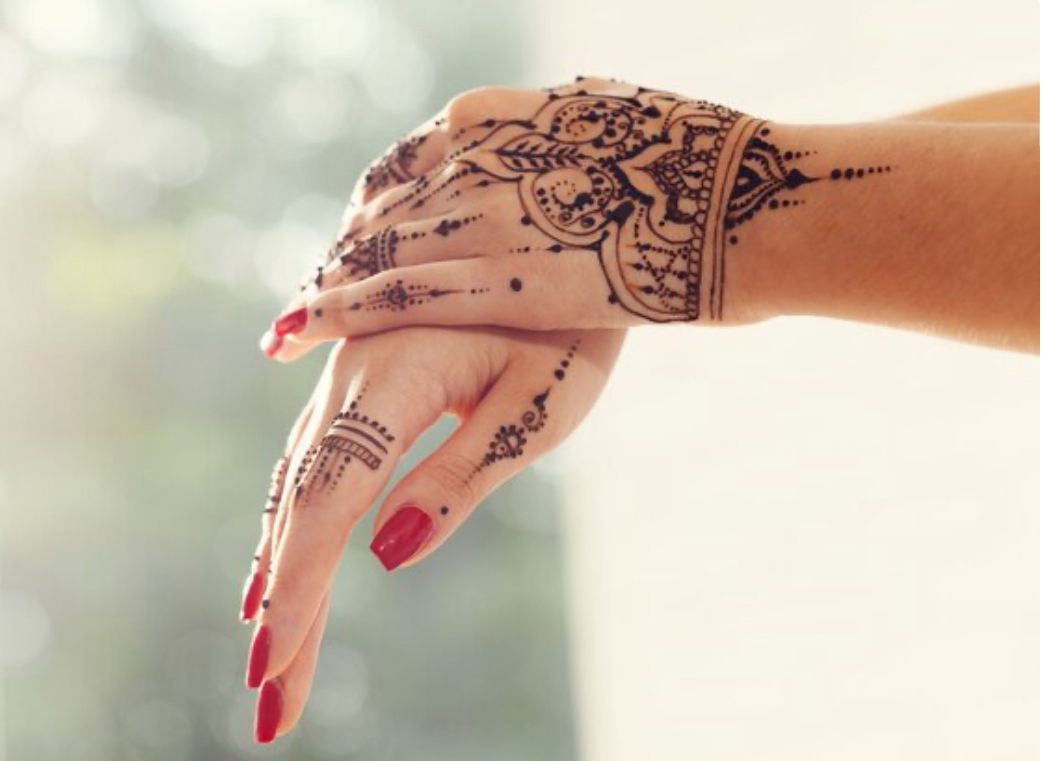Henna Art

Henna tattoos are temporary body art designs created using a paste made from the powdered leaves of the henna plant (Lawsonia inermis). These tattoos are popular in many cultures, particularly in South Asia, the Middle East, and North Africa, and are often applied during celebrations like weddings, festivals, and religious ceremonies.
Key Features:
-
Color: When the henna paste is applied and dried, it leaves a stain on the skin that ranges from orange to deep brown, depending on the skin type, paste quality, and time left to develop.
-
Designs: Traditional henna designs often include intricate patterns such as flowers, paisleys, vines, and geometric shapes. In Indian culture, the patterns can be highly detailed, covering hands, arms, feet, or other body parts.
-
Application Process: Henna is applied using a cone, stick, or brush, and the paste must dry on the skin for several hours to achieve the best color. The paste is then scraped off to reveal the stain beneath.
-
Temporary Nature: Henna tattoos generally last for 1-3 weeks, gradually fading as the skin naturally exfoliates.
-
Cultural and Symbolic Importance: Henna is often seen as a symbol of luck, joy, and celebration. It plays a central role in many wedding ceremonies and festivals like Eid and Diwali.
-
Modern Variations: While traditionally used in cultural contexts, henna tattoos are also popular in contemporary fashion and are used to create temporary body art or test tattoo designs before making a permanent decision. Some artists may also experiment with white or glitter henna for unique effects.